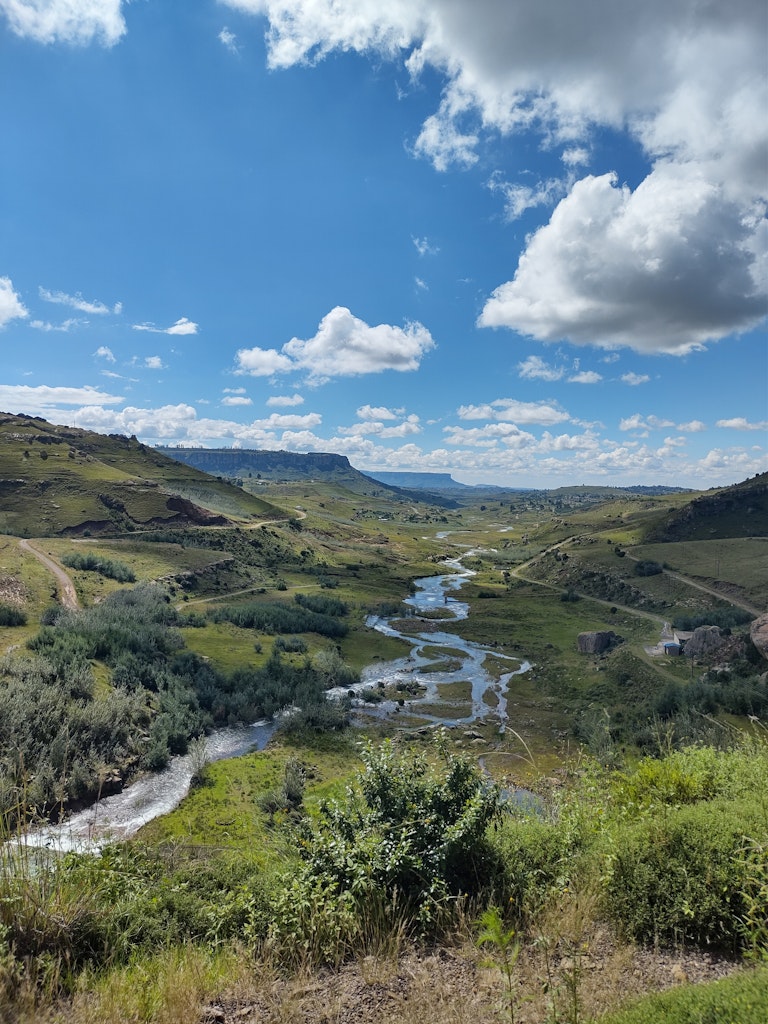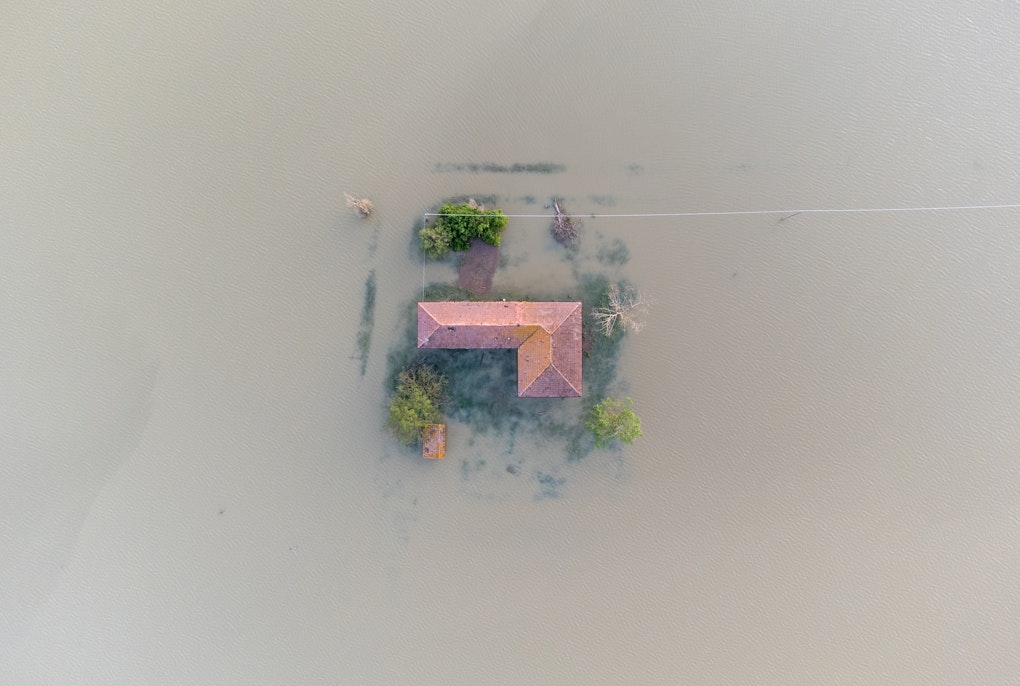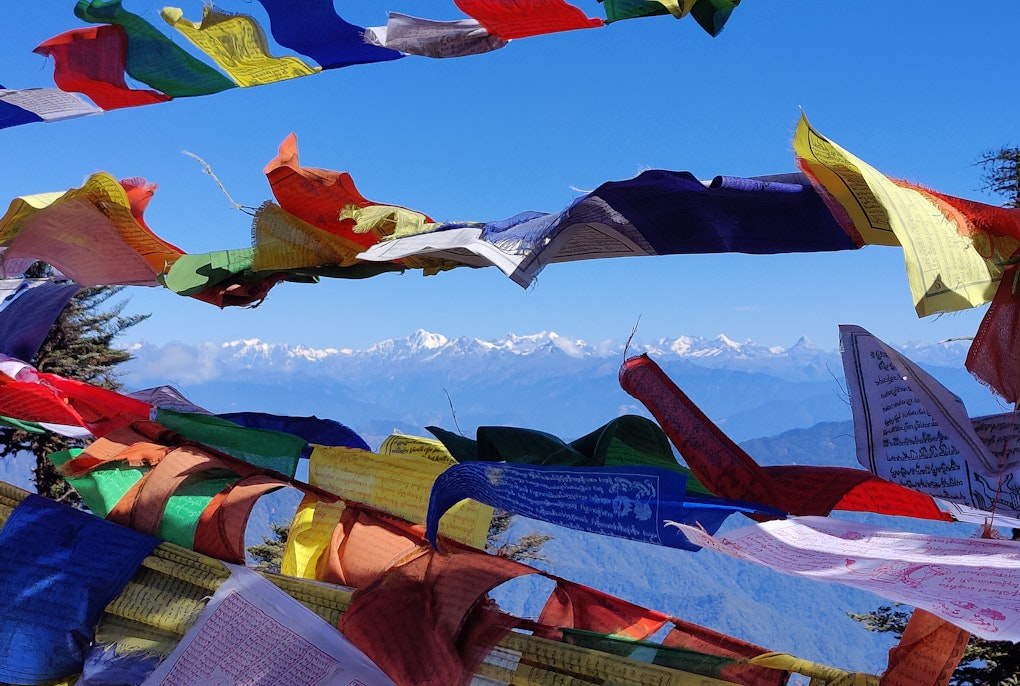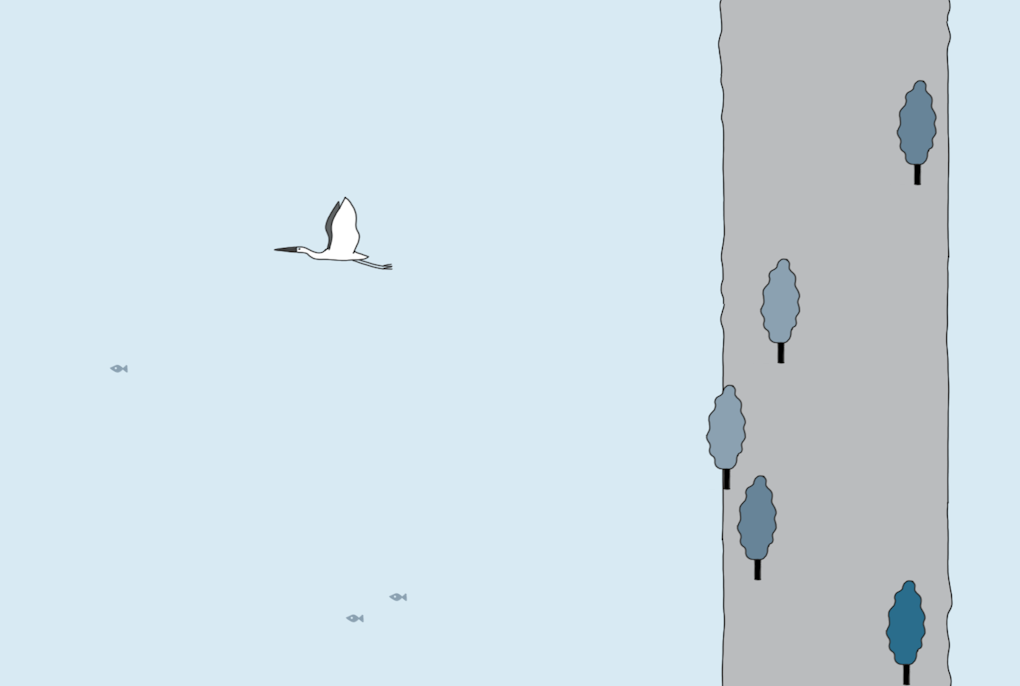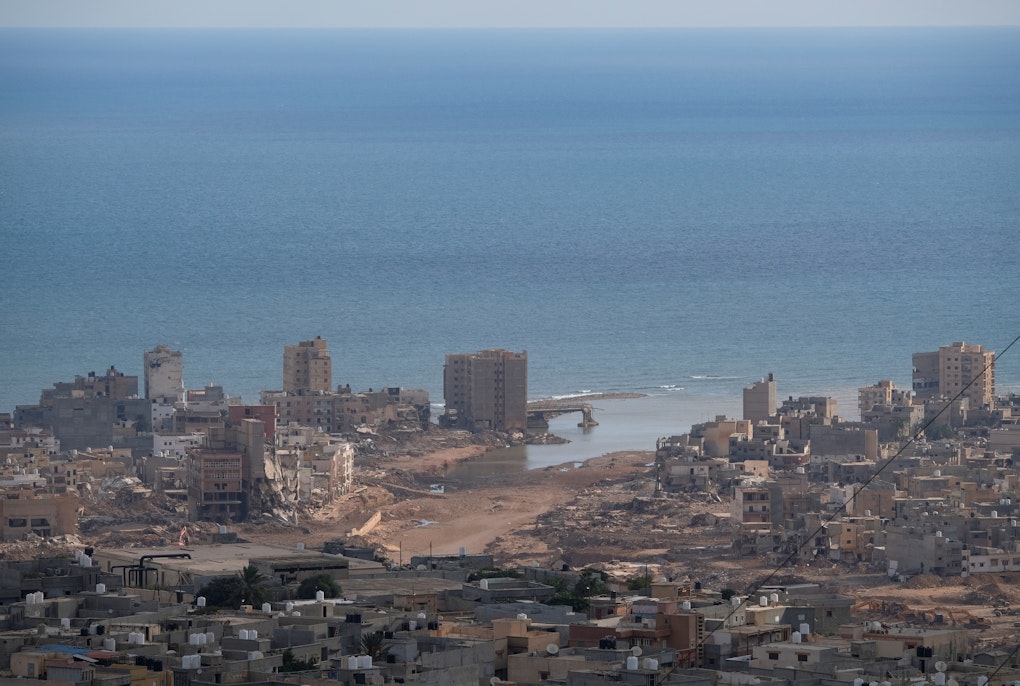Der Namahadi-Fluss im Grenzgebiet zwischen Lesotho und Südafrika.
© Eurac Research | Stefano Terzi
magazine_ Article
The human factor
Mathematical models for drought management would be more effective if they used social and cultural variables - how these solutions can best be integrated is the subject of current research.
Algorithms and statistical models for water management are becoming increasingly accurate. Especially in Europe and the economically developed countries, forecasting models process a huge amount of very detailed data from weather stations and satellite maps estimating snow cover. By cross-referencing these and other physical data, they are able to estimate how much water will be available in a certain area in the near future. However, not everything always works out as it should.
Water resource forecasts are fundamental tools for the many realities that use water in a certain area: agriculture, city water supplies, hydroelectric power generation and recreational use and tourism. The mathematical models that make this type of forecasting possible will become increasingly important in a scenario where climate change will cause more frequent and prolonged periods of drought. Despite the increasingly accurate technological tools for monitoring and studying water resources, conflicts over its management continue and, in some cases, escalate: everything is calculated, but if something doesn’t work, we need to ask -why? Stefano Terzi, an environmental engineer at Eurac Research's Center for Climate Change and Transformation, studies the risks associated with water scarcity. Working in the field, he gets the idea that models based solely on physical and quantitative data neglect a fundamental variable: the human factor. Decisions and policies concerning water management are in fact influenced by a series of variables that are difficult to quantify – they are social, cultural, and political.
A completely different approach is therefore needed to take into account the so-called human factor in water management.
Managing water, from the Alps to the African mountains
One of the territories recently visited by Stefano Terzi as part of the AquaMount research project – financed by the Province of Bolzano/Bozen with the Call for Proposals for the Mobility of Researchers 2020 – was the Maloti-Drakensberg, a mountain and nature conservation area stretching between the states of Lesotho and the Republic of South Africa.
'In Maloti-Drakensberg, we found very complex conditions with, of course, important differences compared with the Alps,' says Stefano. "The state of the infrastructure is precarious and degraded, while the region is experiencing a demographic boom. These two elements are the main factors that generate water shortages in the area.'
In Maloti-Drakensberg, Stefano Terzi was accompanied by Jessica Delves, Programme Associate at the Centre for Global Mountain Safeguard Research. To analyse water management in the area and the associated risks, the two opted for an exploratory approach. "While in Alpine areas we have very good data from weather stations and extremely accurate maps, this is not the case in South Africa. That is why we used a mixed approach, combining quantitative data, when available, with information gathered by talking to people on the ground."
“The idea was to have no preconceptions. The more we listened, the more we were able to outline a coherent story”.
The small research team conducted 30 interviews involving farmers, academics, and the so-called chiefs or community leaders of the area. "The idea was to have no preconceptions and to reconstruct the history and issues of water management in the region in an inductive way. The more we listened, the more we were able to outline a coherent story'.
Among the most pressing issues is who makes the decisions, namely on governance. In the past, it was exclusively the chiefs of the communities who ran the territory. Since 1994, the end of apartheid, the democratically elected government and the chiefs have both begun to govern - sometimes independently of each other. Today, these two modes often clash and making long-term decisions is difficult. "A peculiarity that we have observed is the fact that houses are often built over the main aqueduct lines, which are illegally connected to the aqueduct without any planning. This creates breaks in the aqueduct’s pipes and results in huge problems to repair them. Exacerbating the risks of water shortages are also problems with the electricity supply. Frequent blackouts render the pumps and, consequently, entire sections of the aqueduct useless.
The conflicts around the Adige River in northern Italy
But the social and cultural aspect in water governance also has its weight in Europe, in the Alps. As part of Nexogenesis, a large European research project a team from Eurac Research - Silvia Cocuccioni, Fabio Carnelli, Giacomo Bertoldi and Stefano Terzi -are observing and analyzing the case of the Adige River, Italy's second-largest watercourse that winds through South Tyrol, Trentino and Veneto. Between 2016 and 2017, some prolonged periods of drought triggered strong discussions among those who share this important water resource, upstream and downstream. In South Tyrol, the reservoirs play an important role in hydropower production, while downstream, in Veneto, the water is mainly used for agricultural purposes.
“Without working on shared management, conflicts are bound to escalate”
"Cultural and economic differences are among the elements that must be considered in the creation of the shared table on water management that we are working on. Without working on shared management, conflicts are bound to escalate when the water resource is no longer plentiful enough for everyone. In this case, those who live in the upstream territories are - so to speak - advantaged," concludes Stefano Terzi.
Algorithms for the human factor
Despite having excellent data, forecasting models and good infrastructure at our disposal, water management problems and associated risks persist and climate change will make them worse and worse. “My interpretation,” comments Stefano Terzi, “is that there is a definite need to bring the social component ̶ the human factor, so to speak ̶ into risk management models, because if you leave this important variable out, our analyses may not work."
“There is a definite need to bring the social and cultural component into risk management models, because if we leave this important variable out, our analyses may not work".
Integrating socioeconomic variables within water resource analysis and forecasting models is among the goals of the Nexogenesis project. Between 2022 and early 2023 in the Adige case study, the Eurac Research team organized a series of meetings and interviews to bring different people and companies who use water from the Adige River to the same table. For example, the most well-attended meeting in Trento included the operators of the Santa Giustina hydroelectric power plant, associations of fishers, the Provincial Water Resources Agency of Trento, representatives among farmers, and, of course, local administrators. It was one of the first times that so many “consumers” of water from the Adige River were at the same table.
“We need a water management platform based on the real conditions of the territory.”
“Participating in these comparison tables is crucial for us as researchers,” explains Stefano Terzi, “as it allows us to better understand the relationships, norms and established practices among the different sectors that use the Adige’s water and then allows us to bring them back into our simulation model.” In fact, the model will combine biophysical data such as the current presence of water in the river, glacier melt and rainfall with information from local regulations and the social and economic conditions that influence the demand for water by major water consumers such as hydropower and agriculture ̶ from upstream to downstream.
“The goal is to create a platform that will help everyone in the management and forecasting water use of the Adige River, a platform, however, that is based on the real conditions of the territory and not only on what the numbers tell us,” concludes Stefano Terzi, “The physical data tell us so much about the situation but can't explain everything about how water is allocated and used in reality ̶ especially in cases of drought.”
Such a platform which utilizes machine learning techniques, will provide support to better understand water management and how to react in the event of an emergency by helping administrators make decisions and avoiding future conflicts over possible use of the Adige River.
Stefano Terzi
Stefano Terzi trained as an environmental engineer at the University of Genoa and obtained a PhD in Environmental Sciences at the Ca' Foscari University of Venice in collaboration with Eurac Research. During his PhD, which focused on multi-risk assessments in mountain regions in the context of climate change, he collaborated with the UN-IHE Institute for Water Education (Delft, The Netherlands) working on system dynamic modelling for the assessment of water supply and demand in an Alpine basin. Stefano currently works as a post-doc between the Center for Climate Change and Transformation and the Centre for Global Mountain Safeguard Research, a joint initiative between Eurac Research and the United Nations University for Environment and Human Security (UNU-EHS). Its research aims to better understand the dynamics leading to water scarcity risks with a systemic perspective and focusing on mountain regions.
 technical documentation
technical documentationThe AquaMount project
The AquaMount project studies the risk processes resulting from water scarcity in two distinct mountain areas: in the northern Maloti-Drakensberg area in Lesotho-South Africa and in Trentino-Alto Adige, in the case study of the Noce River. This is a comparative study for a better understanding of the biophysical and socio-economic factors influencing water scarcity. The main objective of AquaMount is to improve decision-making processes for current water management and future adaptation to changing climate and socio-economic conditions. The project is funded by the Autonomous Province of Bolzano-Bozen (Call for Proposals for the Mobility of Researchers 2020) and is carried out in cooperation with the United Nations University - Institute for Environment and Human Security in Bonn. For more – visit the website.
 technical documentation
technical documentationThe NEXOGENESIS project
NEXOGENESIS is a large European project involving 20 partners from 11 European countries and South Africa. The aim of the project is to develop policies to manage resources effectively and avoid conflicts between users. Within the project, Eurac Research, in addition to taking care of the Adige case study, will provide expertise in modelling complex systems and in using participatory approaches to involve local stakeholders. The project is funded by the European Union's Horizon 2020 research and innovation programme.
For more – visit the website
